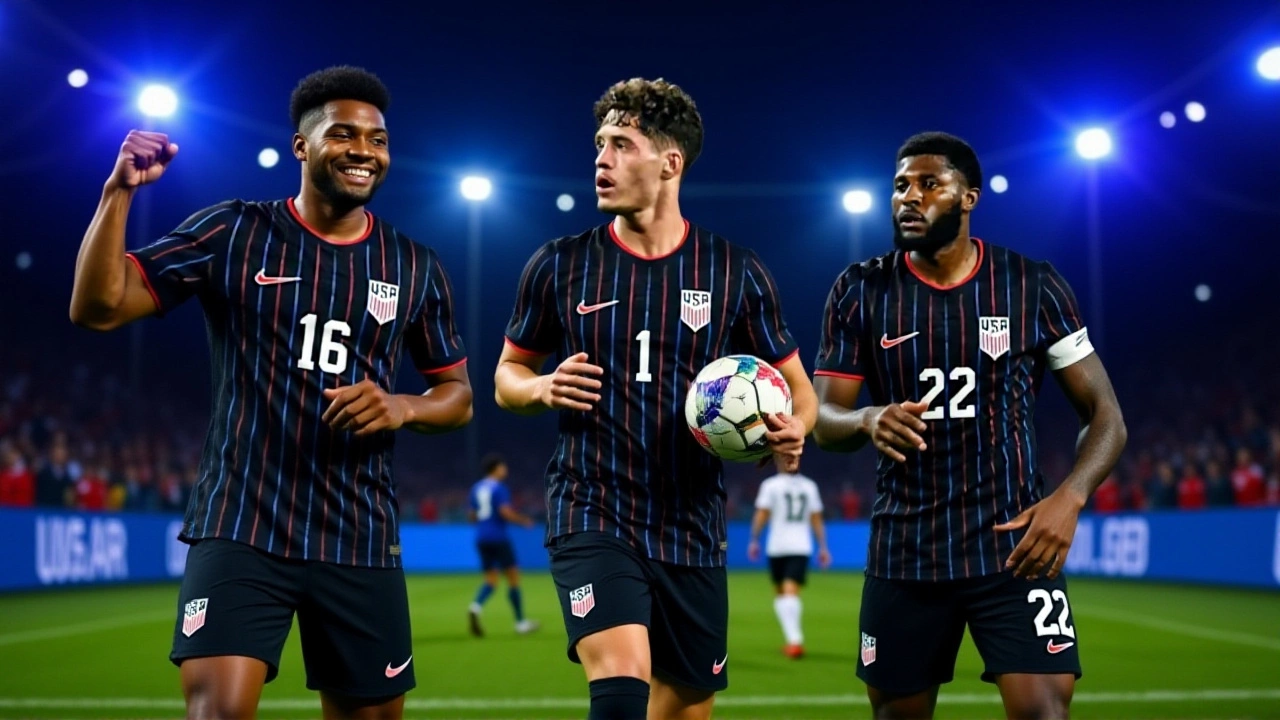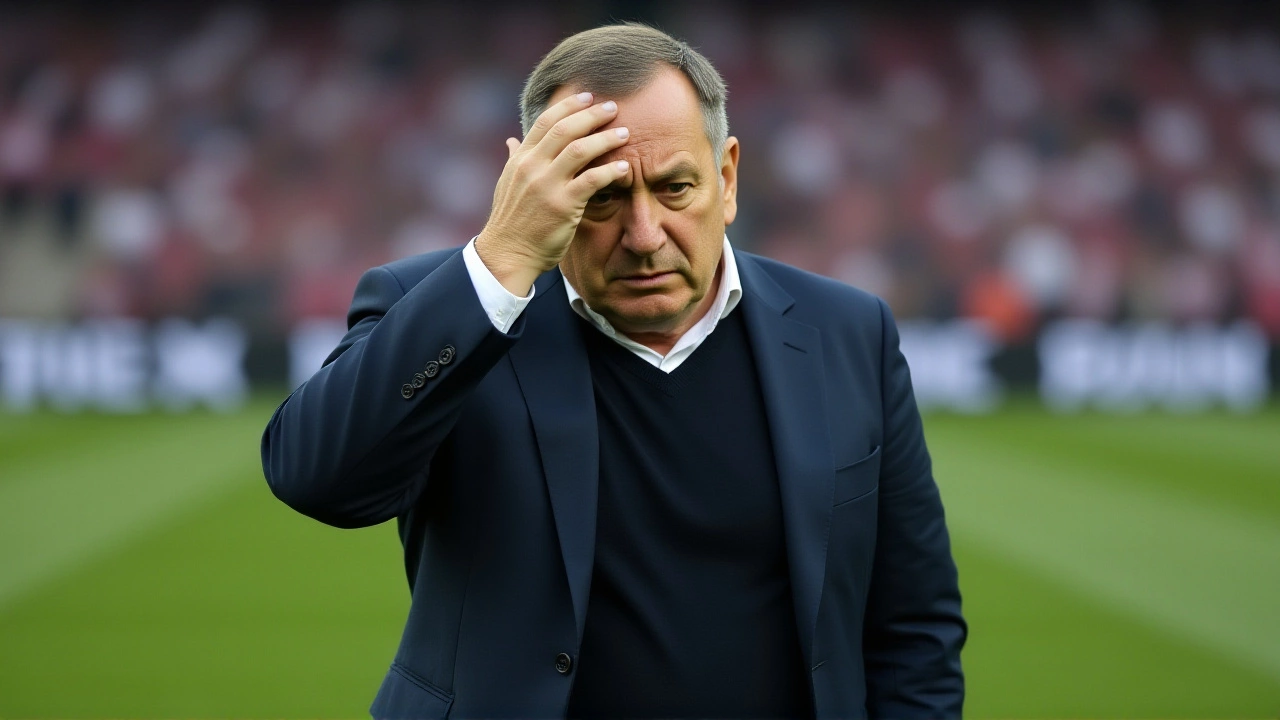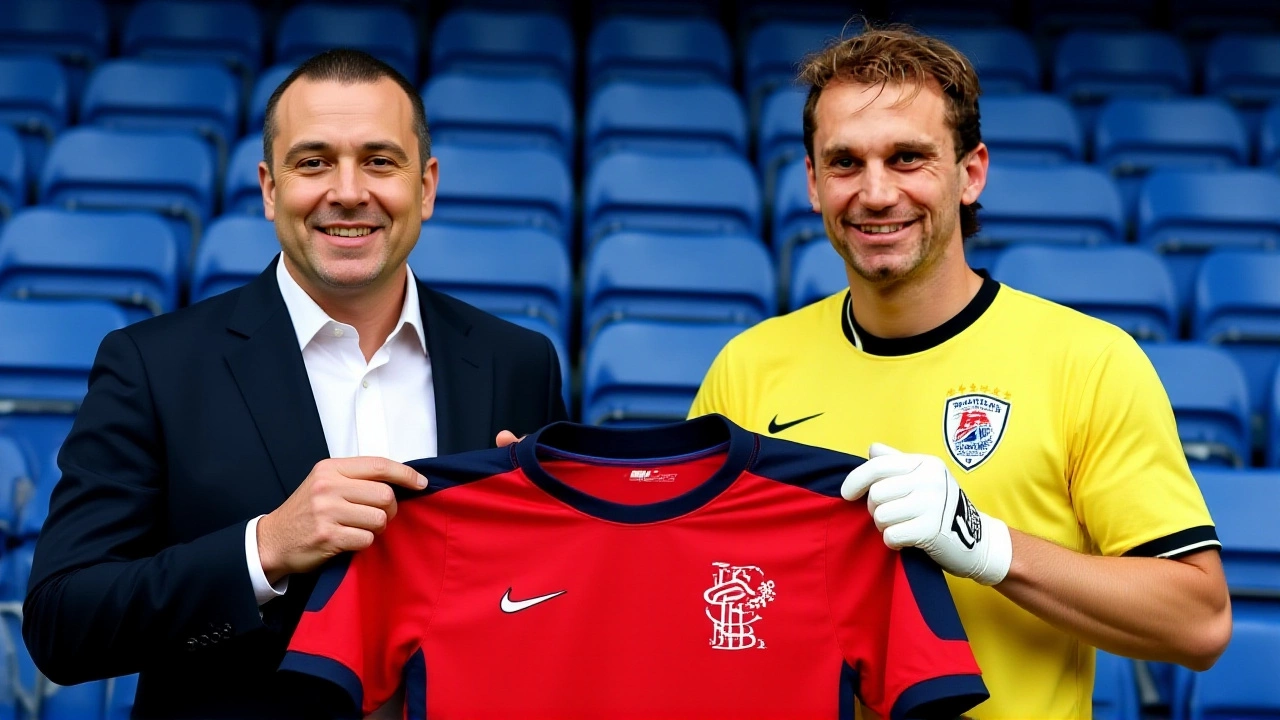When Rangers FC wrapped up their summer 2025 transfer window, they didn’t just make moves—they rewrote history. With 14 new signings and 11 departures, the Glasgow giants completed their largest transfer activity ever, all under the watchful eye of new manager Russell Martin, who took charge on June 1, 2025. The overhaul was funded and driven by 49ers Enterprises, the San Francisco-based investment group that secured controlling ownership of Ibrox Stadium on May 15, 2025. This wasn’t just a shopping spree. It was a calculated bid to dominate both domestic football and Europe’s elite, with one eye firmly fixed on the 2026 FIFA World CupNorth America.
Strategic Wins: Scotland’s World Cup Qualifiers Lead the Charge
The summer’s most telling indicator of intent? The number of players signed who helped Scotland qualify for the 2026 World Cup. Lyall Cameron, 22, arrived from Dundee FC on September 1, 2025, just hours after Scotland sealed their place with a 1-0 win over Belarus on September 7, 2025. He joins John Souttar and Liam Kelly, both stalwarts of that qualifying campaign. Suddenly, Rangers aren’t just a Scottish Premiership contender—they’re the de facto hub for Scotland’s World Cup hopes.It’s not just about quantity. It’s about timing. Cameron’s arrival coincided with the end of the transfer window, a signal that Martin’s squad-building wasn’t reactive—it was choreographed. And it worked. With three Scottish internationals now in midfield and defense, Rangers have a core that’s battle-tested, familiar with international pressure, and ready to carry that momentum into the UEFA Champions League qualifiers next summer.
Big Spending, Bigger Returns
Rangers spent £31.5 million on permanent deals but offset much of it with £25.6 million in sales. The biggest outgoing? Hamza Igamane, who moved to Lille OSC for £10.5 million on August 29, 2025. That deal alone covered nearly a third of their total spending. Meanwhile, the most expensive incoming was Youssef Chermiti, the 21-year-old Tunisian international, acquired from Everton FC for £8 million on the final day. His pace and finishing could be the x-factor in tight European ties.Other key arrivals include Bojan Miovski (£2.8m from Girona), Oliver Antman (£5m from Go Ahead Eagles), and Djeidi Gassama (£2.2m from Sheffield Wednesday). Even the loans made headlines: Derek Cornelius, 27, scored his first goal for Canada in a 1-0 win over Wales on September 6, 2025, just days after joining on loan from Olympique de Marseille. Thelo Aasgaard didn’t just adapt—he exploded, netting four goals as a substitute in Norway’s 11-1 demolition of Moldova on September 5, 2025. That’s not luck. That’s fit.

The Future Boss: Danny Rohl’s Shadow Over Ibrox
Here’s the twist no one saw coming: Russell Martin might not be the long-term answer. Multiple sources, including a bombshell GiveMeSport report on September 3, 2025, named Danny Rohl, 35, as the next manager. Rohl, currently coaching Schalke 04, was once the architect of SK Brann’s resurgence in Norway. His name isn’t floating in rumors—it’s printed in black and white. The article even listed five players he’d axe in January 2026: Nedim Bajrami, Clinton Nsiala, Kieran Dowell, Bailey Rice, and Emmanuel Fernandez.That’s not just a plan. It’s a declaration. Martin’s job isn’t to build a legacy—it’s to prepare the runway for Rohl. The timing is deliberate. January 2026 is just weeks after the World Cup ends. Rohl will inherit a squad that’s been tested on the global stage, with players like Cameron and Aasgaard returning with confidence. And if Martin’s signings are any indication, Rohl’s first task won’t be rebuilding—it’ll be refining.
Behind the Scenes: The Raskin Fallout and the Quiet Revolution
Not everything’s smooth. Nicolas Raskin, the 23-year-old Belgian midfielder, was left out of the 0-0 Old Firm draw just before the international break. But then he scored in Belgium’s 6-0 thrashing of Kazakhstan on September 8, 2025. Inside Ibrox didn’t mince words: “Raskin’s international display underlines why Rangers and Martin must mend rift.”That’s the quiet tension beneath the headlines. Martin’s squad is loaded with talent, but chemistry? That’s still being forged. Meanwhile, Nasser Djiga, the 22-year-old Burkinabe center-back on loan from Wolverhampton Wanderers FC, traveled with his national team for two matches in September—but didn’t play. That’s a red flag. Is he being eased in? Or is he a placeholder for someone else?

What Comes Next: Champions League, World Cup, and the January Reset
The next 12 months are a gauntlet. Rangers face Champions League qualifiers in July 2026. Scotland’s World Cup campaign begins June 11, 2026. And in January, Rohl will arrive with a clear mandate: trim the fat, sharpen the blade. The players he’s targeting for release aren’t random—they’re expensive, underperforming, or mismatched for his system. That’s not cruelty. That’s clarity.Meanwhile, the £31.5 million spent? It’s not a debt. It’s an investment. With players like Chermiti, Aasgaard, and Cameron now tied to the club through 2029, Rangers are building a squad that could dominate Scottish football for a decade. And if they qualify for the Champions League group stage? That’s a financial windfall that could fund the next wave of signings.
One thing’s certain: Ibrox isn’t just preparing for the next season. It’s preparing for the next era.
Frequently Asked Questions
Why is Danny Rohl being positioned as Rangers’ next manager?
Rohl’s track record at SK Brann—where he rebuilt a struggling Norwegian side into cup finalists—and his tactical discipline at Schalke 04 make him a natural fit for Rangers’ next phase. GiveMeSport’s September 3, 2025 report explicitly named him as the January 2026 successor, with a plan to axe five underperforming players. His arrival signals a shift from Martin’s transitional phase to a long-term rebuild rooted in structure and youth development.
How did Rangers’ transfer strategy align with Scotland’s World Cup qualification?
Rangers signed three Scottish internationals—Lyall Cameron, John Souttar, and Liam Kelly—during the window, all of whom played key roles in Scotland’s 2026 World Cup qualifiers. Cameron’s arrival on September 1, 2025, came just days before Scotland’s decisive win over Belarus on September 7. This wasn’t coincidence; it was strategy. The club now has a core of players who’ve experienced international pressure, giving them a psychological edge in European competition.
What’s the financial impact of the 2025 transfer window?
Rangers spent £31.5 million on permanent signings but generated £25.6 million from sales, leaving a net outlay of £5.9 million. The £10.5 million sale of Hamza Igamane to Lille OSC was the single biggest income source. Combined with free transfers of Tom Lawrence, Ianis Hagi, and others, the club minimized financial risk while maximizing talent acquisition—a model that could sustain future investment if Champions League qualification is achieved in 2026.
How did loan signings like Derek Cornelius and Thelo Aasgaard impact the team?
Both players made immediate international impacts. Cornelius scored his first goal for Canada in a 1-0 win over Wales on September 6, 2025, while Aasgaard netted four goals as a substitute in Norway’s 11-1 win over Moldova on September 5. Their performances validated Rangers’ scouting, proving that loan signings weren’t stopgaps but high-potential assets who could elevate the squad’s profile and performance ahead of the 2026 Champions League qualifiers.
Why is Nicolas Raskin’s situation significant?
Raskin’s omission from the Old Firm draw and subsequent standout performance for Belgium (scoring in a 6-0 win over Kazakhstan) exposed a rift with Russell Martin. Inside Ibrox called it a "must mend" issue, suggesting his talent is too valuable to waste. His future at Rangers could determine whether Martin’s tenure ends in transition or turmoil—especially with Danny Rohl set to take over in January 2026, likely favoring players who fit his system.
What does this transfer window mean for Rangers’ long-term future?
This window marks the start of a new Rangers era: financially disciplined, internationally focused, and leadership-planned. With 14 signings tied to long-term contracts, a clear succession plan for management, and players primed for the 2026 World Cup and Champions League, the club isn’t chasing trophies—it’s building a dynasty. The real test begins in January 2026, when Danny Rohl steps in with a squad ready to compete—not just in Scotland, but on Europe’s biggest stage.
